No tips here
After our trip to the mother of all caves we were hungry. Nearby we found a village, Pierosara, with 140 inhabitants, a monastery from the year 1,000, and a wonderful restaurant, da Maria.
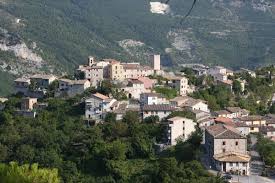
We came in about 2:45, very late for lunch, even by Italian standards. A woman greeted us and I tried to tell her that we would eat quickly, but somehow it came out that we wanted to eat right away (and be done quickly). I saw her face fall and felt the temperature in the room drop suddenly. I reached deep in my Italian language warehouse to explain that I was worried about their closing time, that we were so late, and that we would keep them. Everything shifted.
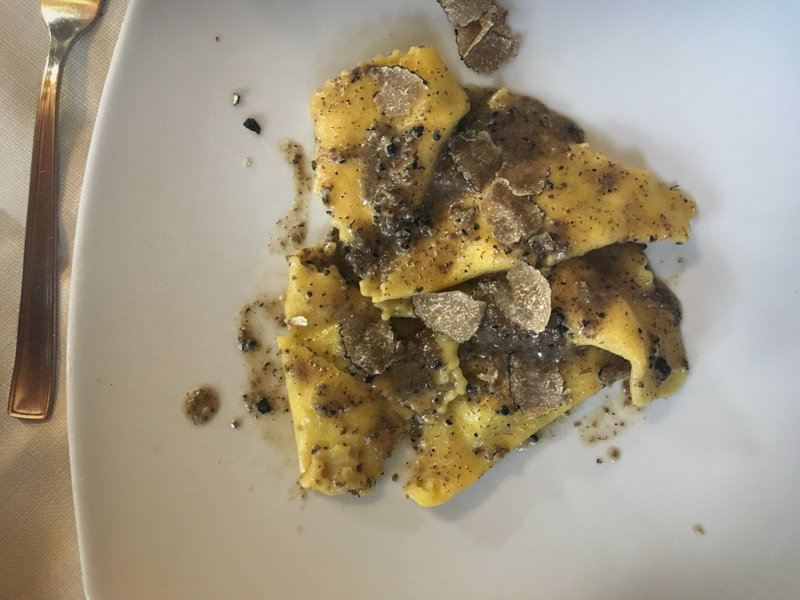
We were shown to the last table—every other was packed for a lingering Sunday lunch. We had fresh, homemade ravioli with truffle sauce and a steak, and were both completely unhurried and warmly welcomed. As the restaurant emptied out, we were one of two tables left, and they began to set up for dinner.
I started to think about the difference between service in Italy and the U.S. (and elsewhere in the world.) The kind of ease and sweetness we often experience was so different from the forced “Hello, my name is Andrew and I will be your server. How are we doing tonight?” kind of greeting. Her disappointment when she thought we wanted to hurry the meal (even if our lingering resulted in their inconvenience), the absence of pressure to leave so they could “turn the table,” the lack of any pretense; it’s all fundamentally different. I’ve rarely felt a forced note here in a restaurant, unless I am in a highly-touristed center.
It often feels like you are being invited into someone’s home, with the equivalent sense of a meeting of equals. I think a small part of this is because service is always included, as a “coperto,” or cover charge, per person. In the U.S., discretionary tipping may add to the feeling that dining out is merely an economic exchange of money for food and service.
But I think it really has to do more with something core in the Italian character that has fascinated me since we moved here six years ago. Italians simply seem more secure and full of self-respect than Americans (and from what I’ve seen, of Brits) where you are only as “worthwhile” as your university, last project, round of funding closed, academic paper published, weight, brand of shoes…
This Italian ease in the world is a tonic for my soul, and something I will be studying, with mouth agape, for years.


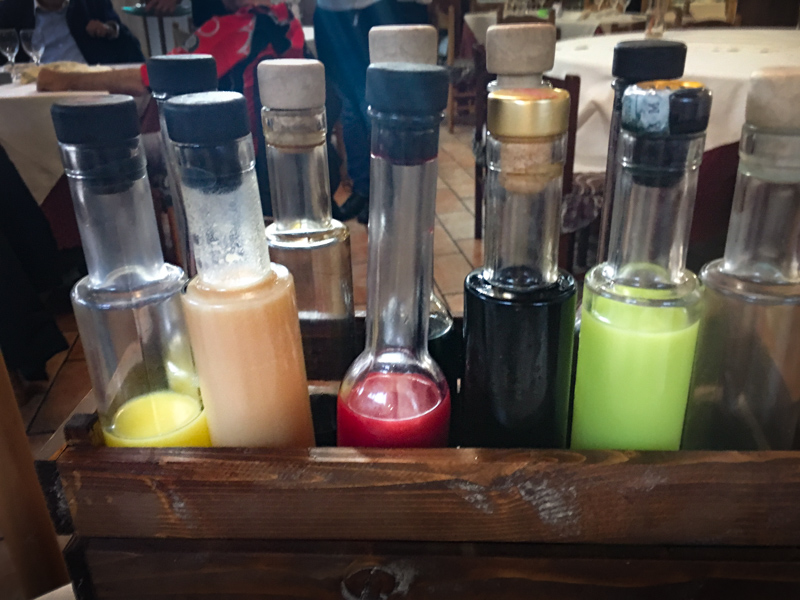




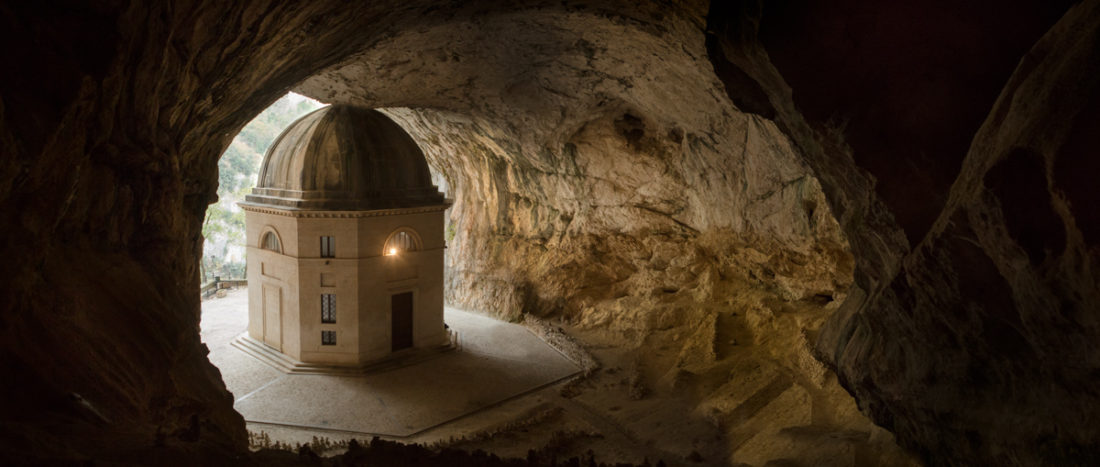

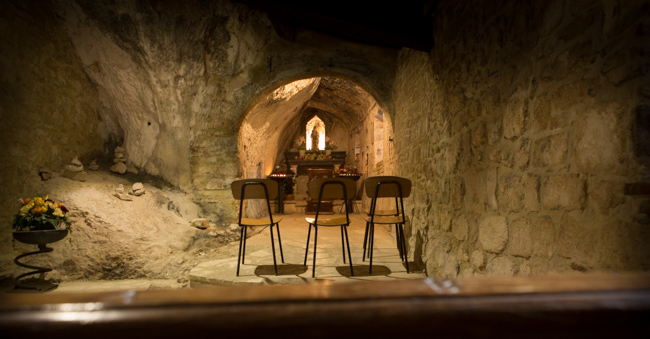
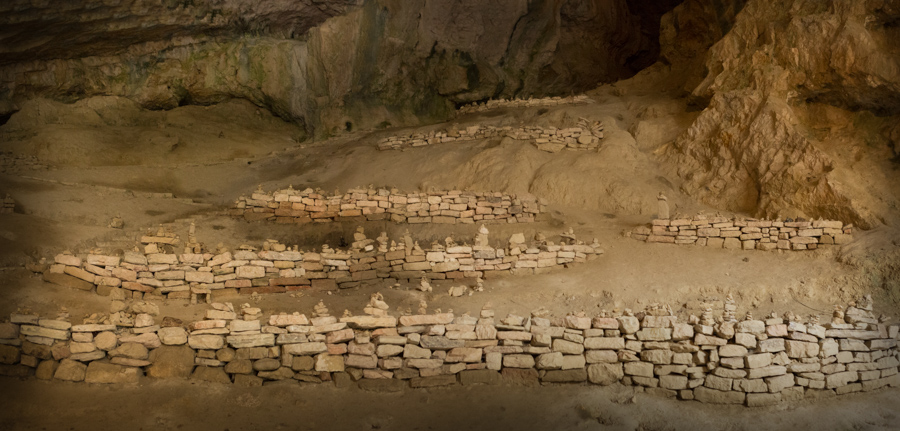
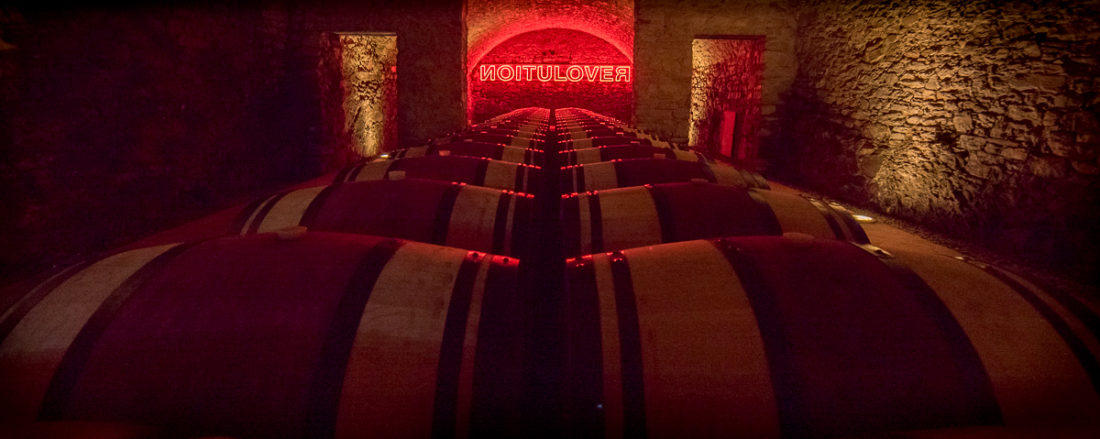

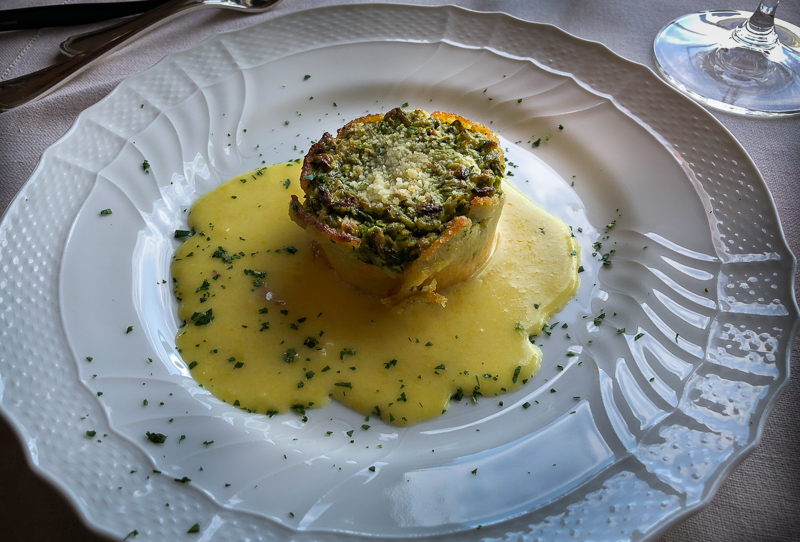
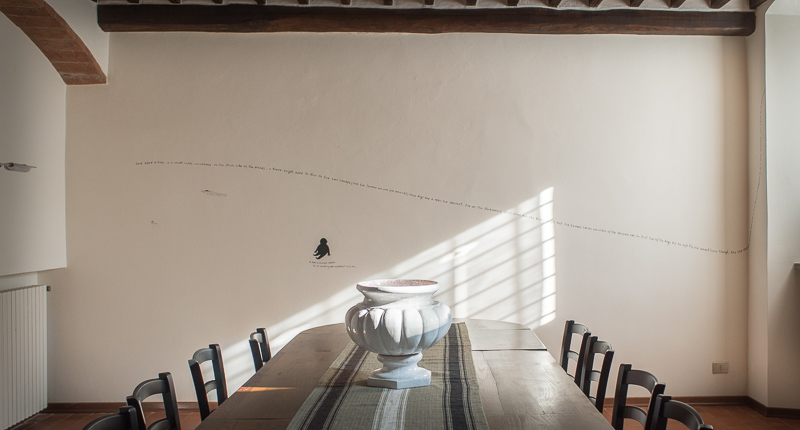


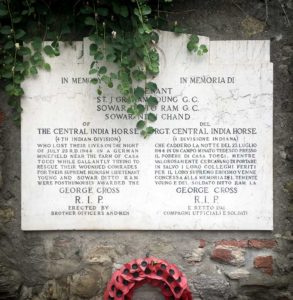 There’s a rumor that this plaque—which stands next to
There’s a rumor that this plaque—which stands next to 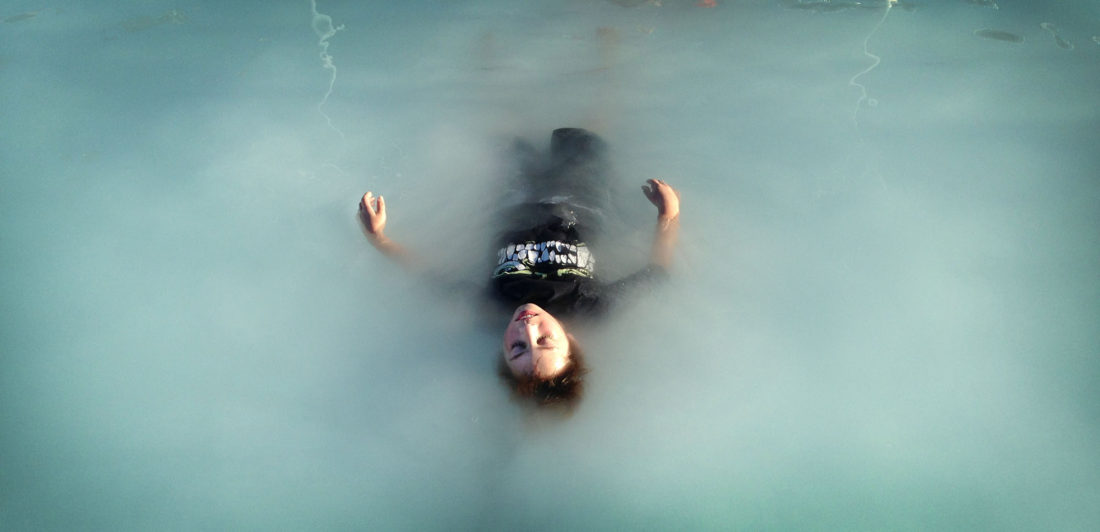

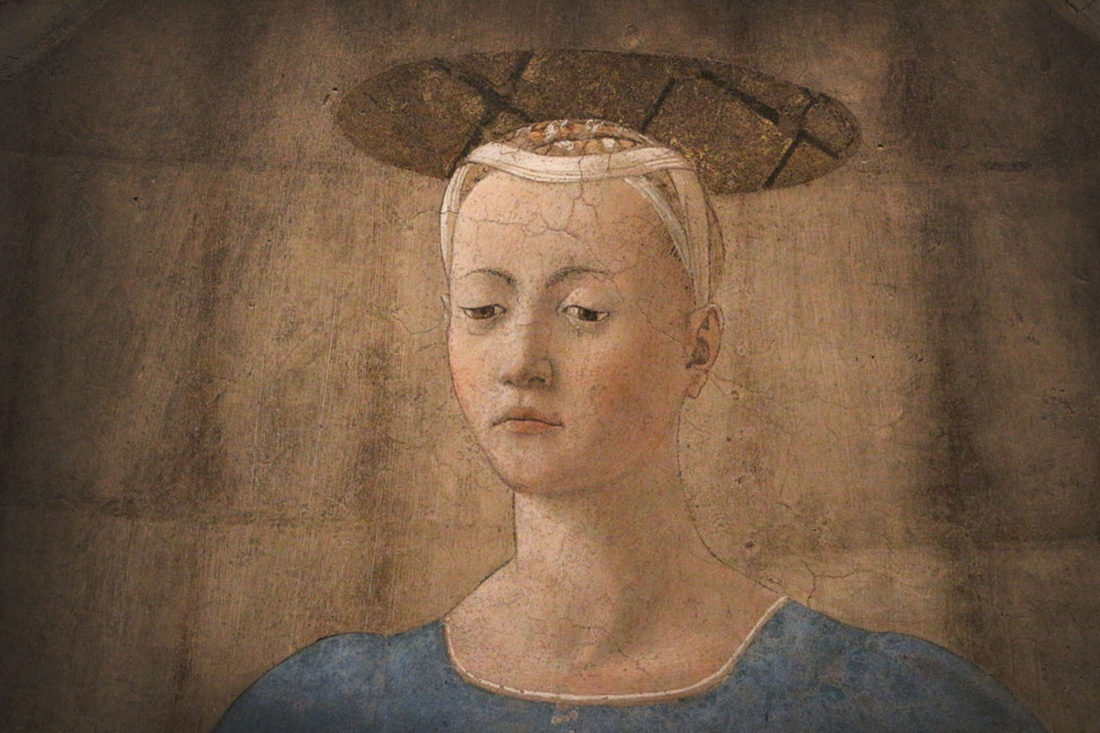
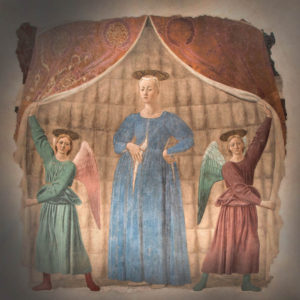 Oh, this place also happens to be next door to a museum that houses one, and only one, painting. It’s Piero della Francesca’s Madonna del Parto, one of the greatest masterpieces of the Renaissance, and the first time in art history that the Madonna was ever shown pregnant. Piero painted it for his mother who lived in Monterchi and it was in the cemetery until it was recently moved to the museum. No one is sure exactly who owns it: Italy, the Vatican, or the local village. Because of this Monterchi will never let it go on loan to major museums worldwide because it might never return back to the village. The New York Times has a fascinating
Oh, this place also happens to be next door to a museum that houses one, and only one, painting. It’s Piero della Francesca’s Madonna del Parto, one of the greatest masterpieces of the Renaissance, and the first time in art history that the Madonna was ever shown pregnant. Piero painted it for his mother who lived in Monterchi and it was in the cemetery until it was recently moved to the museum. No one is sure exactly who owns it: Italy, the Vatican, or the local village. Because of this Monterchi will never let it go on loan to major museums worldwide because it might never return back to the village. The New York Times has a fascinating